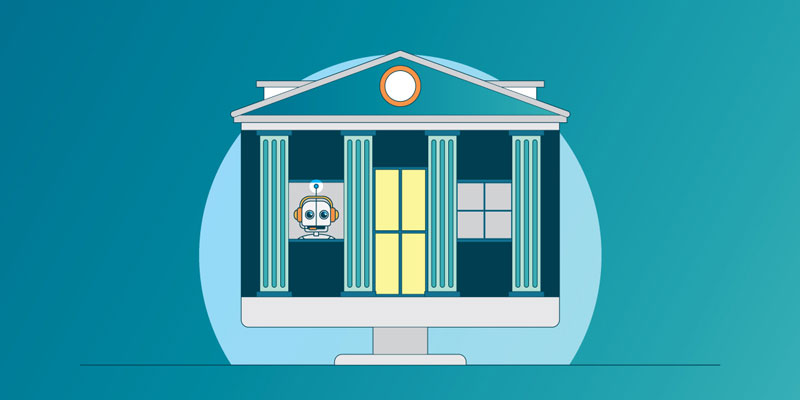What Is Retail Banking? How Does It work?
Advertisement
Triston Martin
Nov 01, 2023
Retail banking is the everyday banking between customers and their banks. Retail banks provide customers with essential banking services like saving accounts and checking accounts, and loans. You'll continue to interact with your bank's retail branch frequently, even if you primarily bank online. Knowing what is retail banking and how it functions lets you carry out your everyday financial tasks effectively.
What is the process? Retail Banking works
Retail banks provide banking services to the general public. Retail is the term used to refer to shops that are front offering business banking. Commercial banks often work with retail banks for products and products, too. In the field of banking, retail banking refers to banks that work directly with individuals. It offers essential financial services, such as mortgages, savings bank accounts, personal loans, debit cards, credit cards as well as a safe deposit box.
Retail banks are typically organized into regional groups, with each having one central office as well as numerous branches at different locations to serve many different types of consumers. However, in addition to the duties mentioned above, these banks also provide services to consumers who shop at their stores and do this regularly for commercial businesses as well.
Types of Retail Banks

Retail banks can be classified into the following categories:
Large Banks:
The banks with names that you are likely to hear at home and the ones you are familiar with. There are branches of large banks throughout the city.
Community Banks:
Also called small banks, they have a lower portion of their assets than the larger banks. They are present at several locations and can grant loans with ease.
Online Banks:
As the name suggests, the banks do not have physically located branches. The goal is to reduce costs.
Regional Rural Banks:
They are banks which are based in rural areas in order to meet the requirements of low-income people. These banks offer the services of retail banking and also loans to these groups.
Private Banks:
These are typically banks that are operating in cities and serve the requirements of high-income families.
Post Offices:
There are areas where people don't have access to traditional banks. In these areas, there is it is possible to use the National Postal System offers essential banking services such as opening accounts and deposit savings and recurring, and many more.
Role of Retail Banking in Individual Life

With the funds that retail banks get from depositors, they offer loans to other companies. Instead of charging higher interest rates for deposits, these institutions earn cash by charging higher interest charges on their loans. The regulation in this Indian financial sector is performed via the Reserve Bank of India (RBI), guided by the Banking Regulation Act established in 1949. In contrast, in the U.S.A, the banking sector is regulated by the state as well as by the federal government.
It is the form of banking which allows services and products all in one place and can be accessed at any branch. The largest retail banks are called international retail banks, which allow customers to get services worldwide. Today, online banks provide individual service and product details on mobile retail banking on mobile phones or online retail banking encased on websites. Retail banking is mainly known as small business banking, as well as personal banking.
Advantages of Retail Banking
- Deposits from retail customers are steady and make up the basis of deposits. They are attractive and insensitive, with less need to get additional interest. They also provide an affordable source of funds for banks.
- A well-organized customer relationship management system can help in building a large and large customer base.
- Retail banking is also helpful in the growth of subsidiary businesses of the banks, such as insurance, etc.
- This results in higher yield and greater profitability.
- It aids in the development of the economy and revitalization of the nation by boosting production.
- Aids in improving the living conditions of the consumer by offering loans with low rates of interest.
- Involves minimum marketing efforts.
- Because of its extensive client base, it can offer an array of portfolios that reduces its dependence on one lender.
Disadvantages of Retail Banking
- Monitoring and monitoring a large number of loan accounts cause banks to make huge investments in personnel.
- The banks invest heavily in technology to improve services; however, they're not being utilized to the extent they should be.
- Nowadays, the majority of consumers are looking for other financial products like mutual funds.
- Long-term loans could turn into non-performing assets (NPA) If they're not monitored and tracked correctly.
Conclusion
Retail banks provide a range of services and products for retail customers. When people think of banks, they typically imagine a retail bank. In every town across the nation, there are branches of banks that provide banking services to all. The most commonly used services retail banks provide include savings and checking accounts, mortgages, personal loans, mortgages credit cards, and certificates of deposits (CDs).







